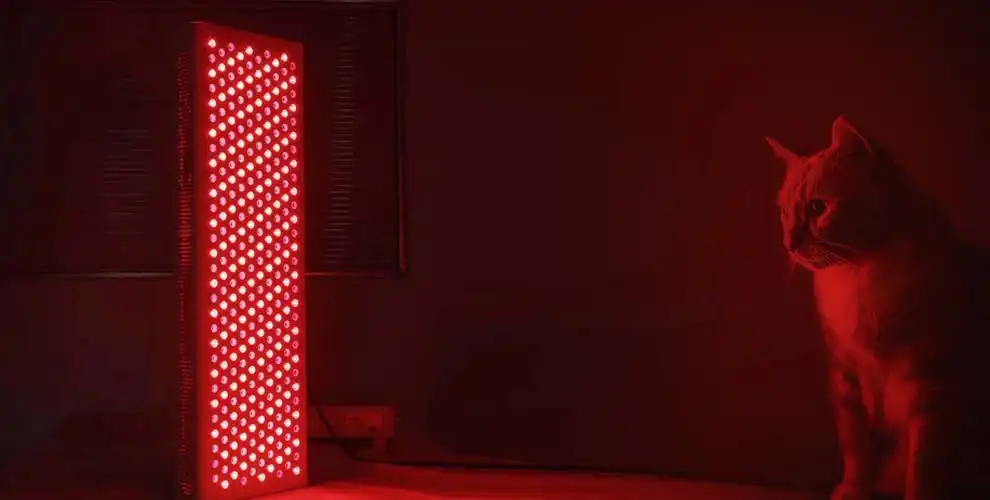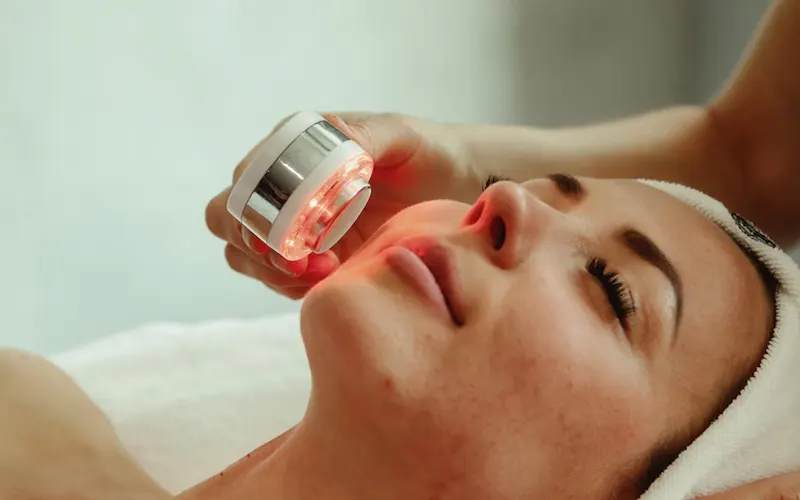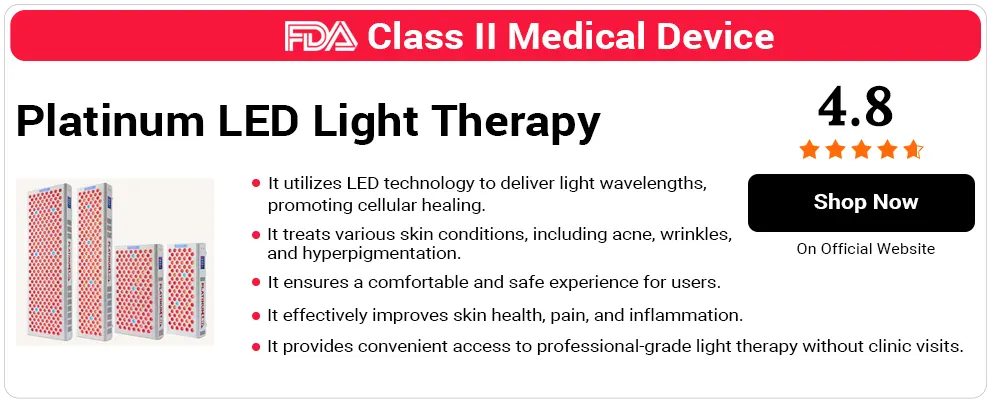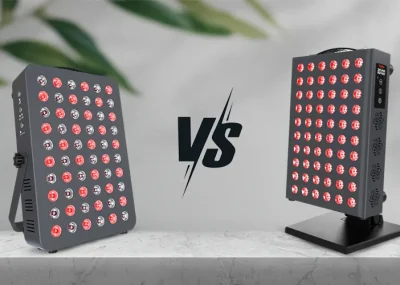Overview: Red Light Therapy for Animals
Red light therapy has numerous health advantages for human beings according to existing scientific research and personal reports from users. However, did you know that it’s also helpful for animals, and can offer tremendous benefits?
Animals suffer from many of the same health problems that people do, including joint and muscle pain and inflammation, sprains and strains, and skin conditions. Pet light therapy can significantly reduce the impact of these issues, for both added comfort for animals and lower veterinary costs for owners.
You can use red light therapy for cats, dogs, rabbits, snakes, lizards, and even larger animals like horses. Make sure to consult with your veterinarian to plan your treatment process, to ensure that you follow the best and safest protocol to keep your pets in optimal health and wellbeing.
Do Veterinarians Recommend Light Therapy for Pets?
Veterinarians worldwide recommend the use of red light therapy for animals, and there is research supporting its efficacy and safety in healing a number of conditions. Veterinary light therapy is suitable for animals of different sizes and species.
Veterinarian Dr. Ron Hirschberg, director of Brockton Animal Hospital in Brockton, Massachusetts endorsed the great benefits of photobiomodulation for animals [1]:
“I could only imagine in veterinarian practice the number of applications it could have. We acquired equipment many years ago, and since that period of time we have treated literally thousands of patients for a variety of conditions.
The conditions are really far ranging, everything from bones and joints, which is what it originally was, to dermatologic issues, chronic kidney diseases were a primary target of photobiomodulation, things such as degenerative disk disease, liver disease – the possibilities are basically endless.”
Is Red Light Therapy Safe For Pets?
For the most part, LED light is just as safe from pets as it is for human beings. It’s a non-invasive procedure which is free of significant risks and side effects, and involves no exposure to chemicals.
Naturally you have to follow the same safety precautions you would for a personal device. As we explained in our article of Celluma Light Therapy Reviews, choose a product which is FDA cleared, safely manufactured, and very low in EMF levels. There are some devices that are specifically for treatment with animals.
With pets, there are some other considerations when you select a device. Some animals may be more sensitive to light flicker, so make sure you buy a good quality product which is flicker free.
When using red light for cats, dogs, and possibly other animals, avoid using blue and white wavelengths on a regular basis, as they may disturb the circadian rhythm leading to sleep disturbances.
How to Use Red Light Therapy For Animals?
One option is to take your pet to a veterinarian who already uses LED light devices. For at home treatment, you may use a panel for human beings with the approval of your vet, or a product which is specifically for animals.
When it comes to the number of sessions per weeks and treatment time, read the user’s guide carefully if you’ve bought a device for animals. In addition, you should consult with your vet for the best course of treatment for your pet and their particular health issues.

What Are The Health Benefits of Red Light Therapy For Animals?
LED light therapy has a wide range of benefits for animals, in terms of treating specific conditions, boosting energy levels, enhancing immune functioning, and improving general health and wellness. There are some of the many medical uses of the technology for pets.
Healing Skin Issues
Red light therapy boosts energy levels in all of the cells through increasing levels of ATP, which decreases inflammation and redness on the skin, boosts hydration, and promotes healing of dermatological conditions.
A study published in Frontiers in Veterinary Science by Ju-Yong Park, Seon-Myeong Kim, and Jung-Hyun Kim concluded that regular treatment with a 308-nm excimer light was safe and effective at treating atopic dermatitis in dogs [2].
Decreasing Joint and Muscle Pain and Inflammation
In both people and animals, LED light decreases swelling in the body and blocks signals from key receptors to reduce pain in the muscles and joints. As we covered lifepro reviews which benefit the immune system, promote weight loss and relieve muscle tension.
It also releases added hyaluronic acid which helps keep the joints hydrated, reduces stiffness, and improves flexibility and mobility. Red light also boosts collagen production, helping to repair damage to the cartilage.
A randomized controlled trial published by Andrea L. Looney, Janice L. Huntingford, Lauren L. Blaeser, and Sabine Mann in The Canadian Journal of Veterinary Medicine found that 6 weeks of regular treatment with photobiomodulation successfully decreased pain and lameness in dogs with elbow osteoarthritis [3].
Healing Wounds and Injuries
Red light therapy repairs cellular damage, making it highly effective at healing wounds in animals. In addition, it speeds up the repair of injuries like damage to tendons or bones.
An article by Marietjie Venter in Veterinary Nursing Journal discussed the use of light therapy in veterinary practice, citing that it speeds up healing in animals by 60%, shortens recovery time, reduces swelling, and minimizes scar tissue [4].
Post-Surgery Recovery
The research indicates that LED light therapy is effective at speeding up the healing of incisions after a veterinary surgical procedure, and may also enhance their appearance and minimize scarring after healing.
A study on red light therapy in 9 dogs in Frontiers in Veterinary Science by Jennifer L. Wardlaw, et al concluded that laser therapy improved the healing of post-surgical wounds and also ameliorated cosmetic appearance [5].
FAQs
Q: What Is The Best Red Light Therapy Device For Dogs?
A: The best red light therapy for dogs is a large device in a veterinarian’s office, or a suitable doctor approved product to carry out red light therapy for dogs at home.
You may also use a device like the Platinum Red Light Therapy meant for human beings with approval from your vet. You can even browse various other device here in our red light therapy at home devices and look at the wide range of products available.
Q: Do LED Lights Hurt Dogs’ Eyes?
A: Light therapy for dogs is safe for the eyes, but a low-quality device with a lot of flicker can be very irritating to your pet.
If you plan to use red light therapy for dogs at home, make sure you choose a high-level model with flicker free lighting, so your dog has a comfortable experience. You can check out LED panel from Rouge Red for flicker free lights.
Q: What LED Color is Best For Dogs?
A: You can use red light for dogs, but the best colors are yellow, amber, and green. The evidence indicates that both blue and white light have the worst impact on all animals including dogs, and you should avoid using them. These colors may disrupt the animal’s circadian rhythm and cause sleep difficulties. You can learn more about different color and its effect in our red light therapy article.
Q: Can Animals See Red Light?
A: Many animals, including dogs, possess only two cones meaning they are red-green color blind. While they see most of the other colors, green and red light for dogs are not visible.
Q: Can Cats See Infrared Light?
A: In cats, red light and infrared wavelengths are not visible, but they do have receptors which allow them to feel these colors in the form of heat.
Q: Can Dogs See Infrared Light?
A: Similarly to cats, dogs do not possess the ability to visualize infrared light. They do, however, have thermal receptors at the end of their noses which allow them to feel the heat from the infrared LEDs.
Conclusion
Among the many beneficial uses of red light therapy, this technology is highly effective in treating animals of all types, from dogs, cats, rabbits and snakes to larger creatures like horses. Research shows that LED light can reduce joint and muscle pain, heal wounds, treat skin conditions, and offer a myriad of other benefits for animal wellness.
Veterinarians have used LED light therapy on animals successfully for a number of years, and there are now home devices available that offer optimal benefits. The feline and canine light therapy reviews in particular from pet owners are highly positive for some of the top brands.
If you’re planning to use LED light therapy for your pets, like with the MitoPETS Pad, it’s a good idea to consult a veterinarian or use a safe, FDA-cleared home device. Consult with your vet about the best treatment protocol for your pet for optimal results.














